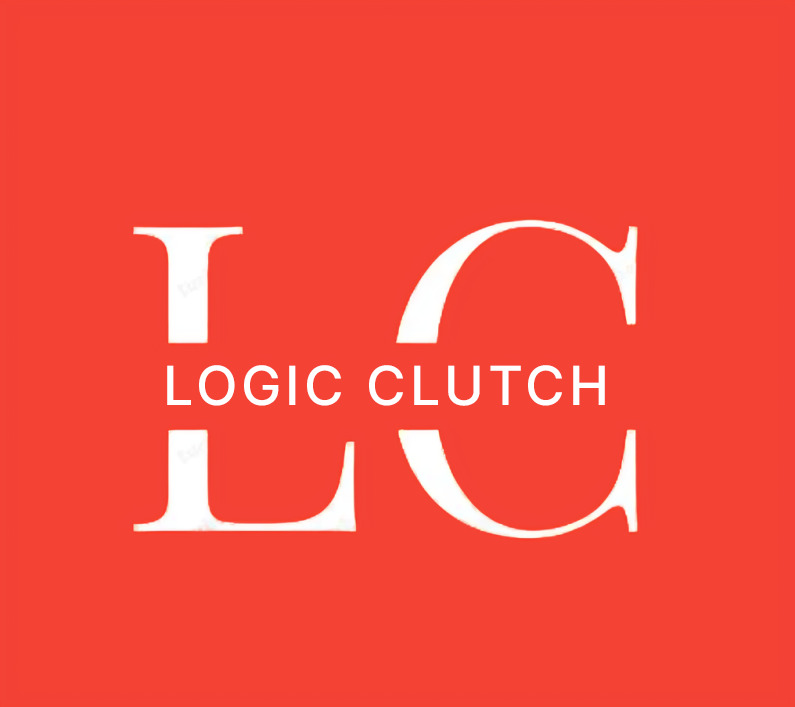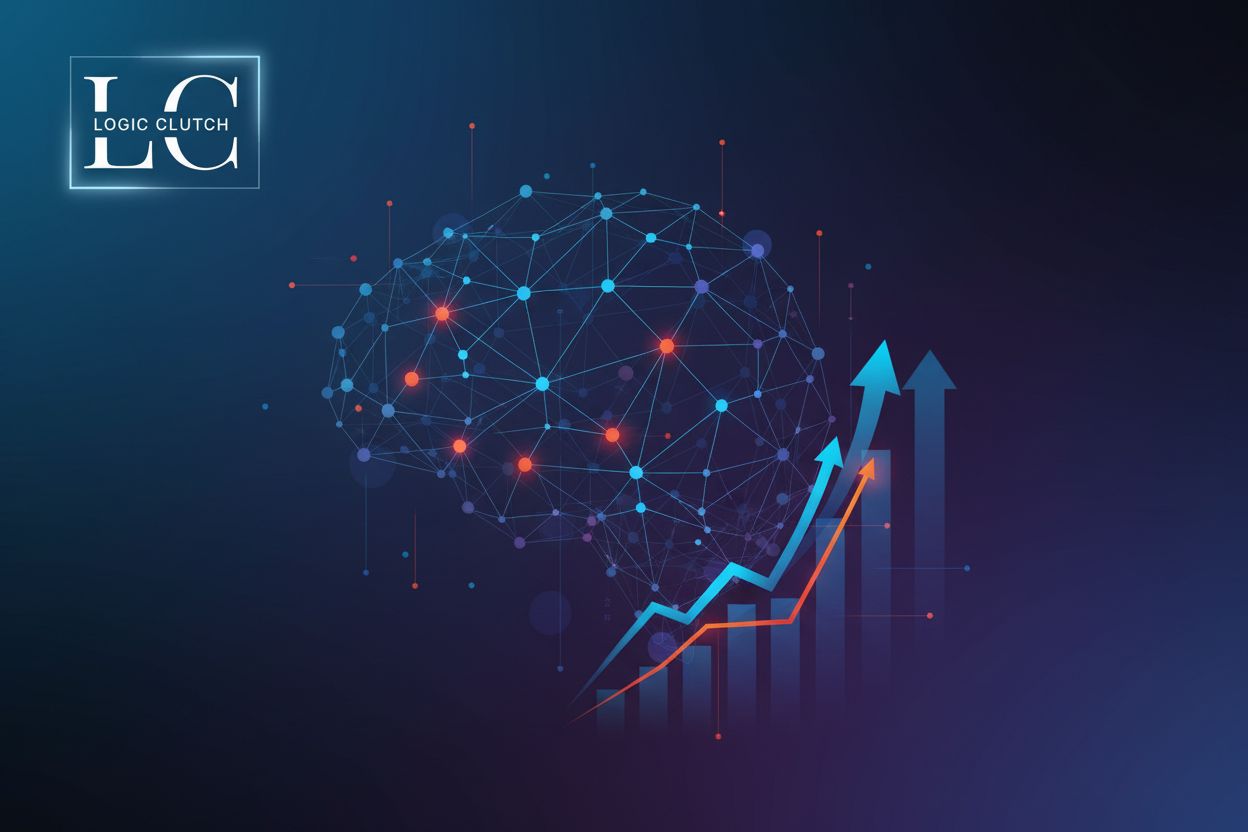Unlock Growth Predictive Lead Scoring Strategies in Salesforce
TL;DR
Understanding Predictive Lead Scoring
Okay, so, ever wonder why some leads convert like magic while others just... vanish? That's where predictive lead scoring comes in, and it's kinda a big deal.
Here's the lowdown:
- Definition and Core Concepts: Basically, predictive lead scoring uses fancy algorithms – ai and machine learning – to figure out which leads are most likely to become customers. It's all about prioritizing smart, not just working hard.
- Traditional vs. Predictive: Old-school lead scoring? It's like guessing. Predictive lead scoring? It's like having a crystal ball... well, a data-driven one, anyway. Traditional scoring relies on simple demographics or firmographics, while predictive looks at tons of data points to see patterns.
- Role of ai and machine learning: ai and machine learning are the secret sauce. They analyze past data – what worked, what didn't – to predict future behavior. the ai learns what qualities a lead has that makes them more likely to convert.
Think about it, a healthcare company might use it to identify patients most likely to need a specific treatment, or a retail business could target customers ready to make a big purchase. Finance firms can pinpoint high-potential clients.
Ready to dive deeper? Next up, we'll look into the business value prop it brings to the table.
Implementing Predictive Lead Scoring in Salesforce
So, you're ready to make predictive lead scoring a reality in Salesforce? It's not as scary as it sounds, promise! Getting started means getting your hands dirty with data and models, but it's worth it.
Here’s a quick rundown of what implementing predictive lead scoring involves:
- Data Requirements and Preparation: First things first, you gotta know what data you need. Think about all the info you have in Salesforce – lead sources, activities, demographics, and more. Then, clean it up! Get rid of duplicates, fix errors, and make sure everything's consistent. This is crucial because, well, garbage in, garbage out, right? And don't forget about "feature engineering" – that's where you create new data points from existing ones to give your model more to work with.
Model Selection and Training: Now for the fun part: picking a machine learning algorithm. There's tons to choose from, like logistic regression, random forests, and gradient boosting. Which one is right? It depends on your data and your goals. you'll need to train the model using your historical data, so it learns what makes a lead likely to convert. Once it's trained, evaluate it to see how well it's doing.
Integration with Salesforce: Almost there! to connect your shiny new predictive model to Salesforce. You want lead scores to show up right in the Salesforce interface, so your sales team can see them at a glance. even better, automate lead routing based on those scores, so the hottest leads get to the right people, pronto.
Imagine a finance company. They could use predictive lead scoring to identify which leads are most likely to apply for a loan based on their credit history, income, and past interactions with the company. This helps them focus their efforts on the most promising prospects, boosting their conversion rates.
Okay, ready to see how Logic Clutch can help you navigate this whole process? Let's dive in!
Best Practices for Maximizing Impact
Alright, so you've got predictive lead scoring up and running in Salesforce. Awesome! But, how do you make sure you're actually getting the most out of it? It's not a "set it and forget it" kinda deal, ya know?
Here's what you should be thinking about:
- Defining Clear Objectives and kpis: What are you hoping to achieve? More qualified leads? Higher conversion rates? Make sure your predictive lead scoring is directly tied to those business goals. And, ya gotta measure your success! Track those key performance indicators (kpis) like conversion rates, lead quality, and sales cycle length. if your kpis are not what you expected, you need to fix it.
- Continuous Model Improvement: Your model isn't perfect out of the box. You need to keep an eye on how it's performing over time. Is it still accurate? Are market conditions changing? Retrain your model regularly with fresh data to keep it sharp.
- Sales Team Adoption and Training: This is huge. Your sales reps need to trust those lead scores. If they don't get it, they won't use it. Provide training, explain how the scores are calculated, and show them how to use the info effectively. And get their feedback! What's working? What's not?
A hospital, for instance, could refine their model to better predict patient readmission rates, leading to more effective intervention programs.
So, what's next? Time to talk about how to keep improving things...
Real-World Examples and Case Studies
Okay, so, let's wrap this up with some real-world wins. Seeing how companies are actually using predictive lead scoring in Salesforce? That's where the magic happens, right?
- Improved Lead Quality: Many orgs see a jump in lead quality. Like, they're not just getting more leads, but better leads that are more likely to convert. Imagine that!
- Increased Conversion Rates: Predictive scoring helps sales teams focus on the hottest prospects, which, naturally, leads to higher conversion rates. It's like giving your team a cheat code.
- Shorter Sales Cycles: By prioritizing the most promising leads, sales reps can close deals faster. No more wasting time on leads that are never gonna go anywhere.
Think about a healthcare provider using predictive lead scoring to identify patients at high risk for certain conditions. They can then proactively offer preventative care, improving patient outcomes. Or, a retail company could use it to personalize marketing campaigns based on a customer’s predicted purchase behavior. Pretty cool, huh?
And that's a wrap! Now you're armed with the knowledge to unlock growth using predictive lead scoring in Salesforce. Go get 'em!






